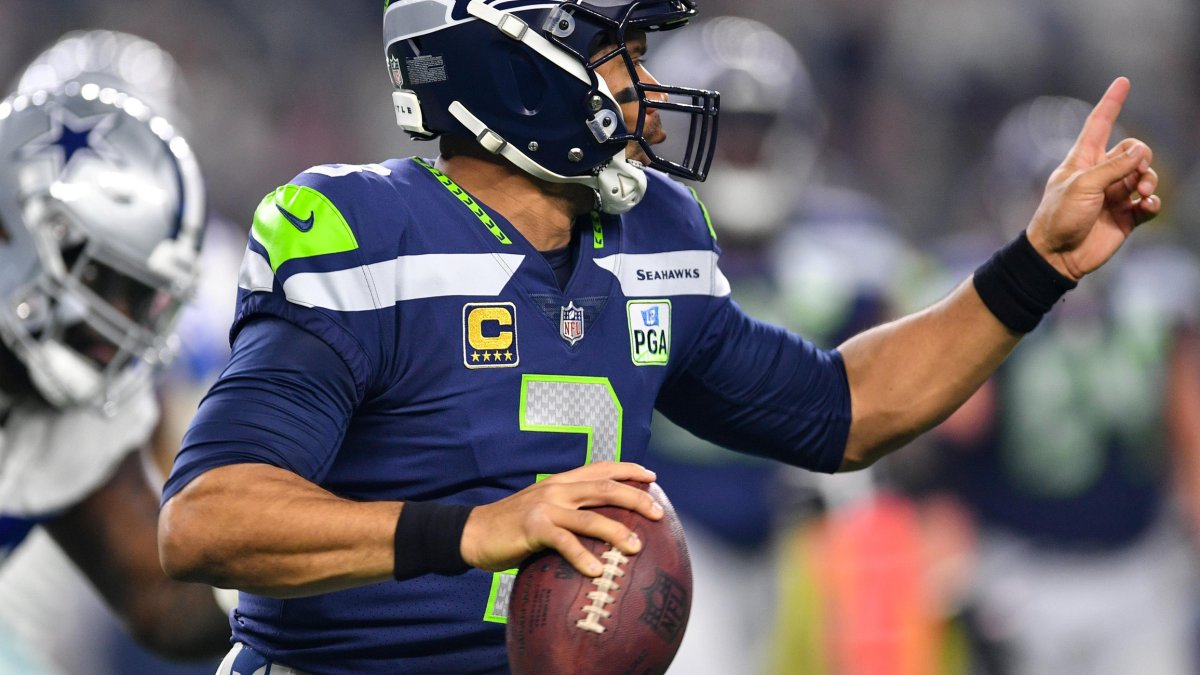The PFF grading system is all about isolating the quarterback’s performance on a given play. We bring context to every throw, with a focus on timing, decision-making, accuracy and much more. Raw passing stats are often a gauge of the passing offense, and pass defense, as a whole, the PFF system is measuring the quarterback’s contribution to that production.
[Editor's Note: Here's a link to an article Steve Palazzolo and Sam Monson wrote on why PFF's grading system is the most effective quarterback evaluation method currently available.]
The play-by-play grading ranges from +2 throws, which are extremely rare:

to -2 throws, which consist of the most egregious decisions:

Positively graded plays:
Accuracy and decision-making are all baked into the play-by-play grading, with positive grades being earned on passes that lead to first downs and more.


The system accounts for the timing and difficulty of the throw, while also gauging the decision-making with respect to the quarterback’s progression on a given play.
The better the throw, the higher the grade, and passes that earn a +1.0 or better are considered big-time throws:

The key to remember is that the result of the play doesn’t change the quarterback's grade, so pinpoint downfield passes that are dropped will still earn the same grade despite showing up as 0-for-1 in the boxscore:

Big-time throws have different levels of credit as the passes are thrown further down the field or the windows are tightened.

Negatively graded plays
Passes that are missed, or ones that essentially ensure an incompletion, will earn a negative grade.

Passes that are graded as -1.0 or worse will receive the “turnover-worthy label” as interceptions occur on about 50% of such throws, and that percentage rises as the grade lowers:

Of course, just like the positively-graded plays, we are evaluating each throw individually and the result will not change the grade. The worst throws that result in dropped interceptions will still receive a harsh downgrade:
Same Play, different results
That brings us to the scenario in which two quarterbacks make a similar throw, but with entirely different results. There may be no better example than the NFC Divisional Playoffs last season that saw Nick Foles and Mitchell Trubisky make near-identical poor throws into the end zone, one of which was intercepted and one of which was dropped.

Both throws received harsh downgrades despite one getting intercepted and crushing Foles’ boxscore stats, while Trubisky’s merely resulted in an incompletion.
Expected Plays
There are many throws which fall into the “expected” category, and they will fall into the 0-graded category. Screen passes are a good example of this as we expect NFL quarterbacks to throw these passes with timing and accuracy. As always, the result of the play does not change the grade for the quarterback, whether the pass is taken for a touchdown.

Or stopped for a two-yard gain:

A wide receiver may break a tackle for a touchdown on a quick out against off coverage:

Or he may be tackled short of the end zone, but it’s essentially the same throw by the quarterback.

There are many plays in which the result of the play is purely down to the receiver making a play against the defender, and we are sure to isolate the QB’s grade away from the result.
A 50-50 jump ball is often down to WR/CB interaction, so the difference in a completion:

or an incompletion, will not change the QB’s grade.

The QB’s role in pass protection
We also take seriously the QB’s role in mitigating the pass-rush. We will downgrade QB’s for holding the ball too long and taking unnecessary sacks.

When it comes to fumbles, they are not all created equally. Some fumbles are almost impossible to avoid for a quarterback, and they will earn a 0 grade:

However, the fumbles that are clearly the result of poor ball security will get a harsh downgrade, and that grade will remain the same regardless of which team recovers the ball.

The PFF grading system isolates the quarterback’s play in a unique way, and it has proven to be both descriptive of what happened on the field and predictive of what will happen. When paired with the information contained within the PFF database, it’s a necessary tool in player evaluation and roster building.



 © 2024 PFF - all rights reserved.
© 2024 PFF - all rights reserved.